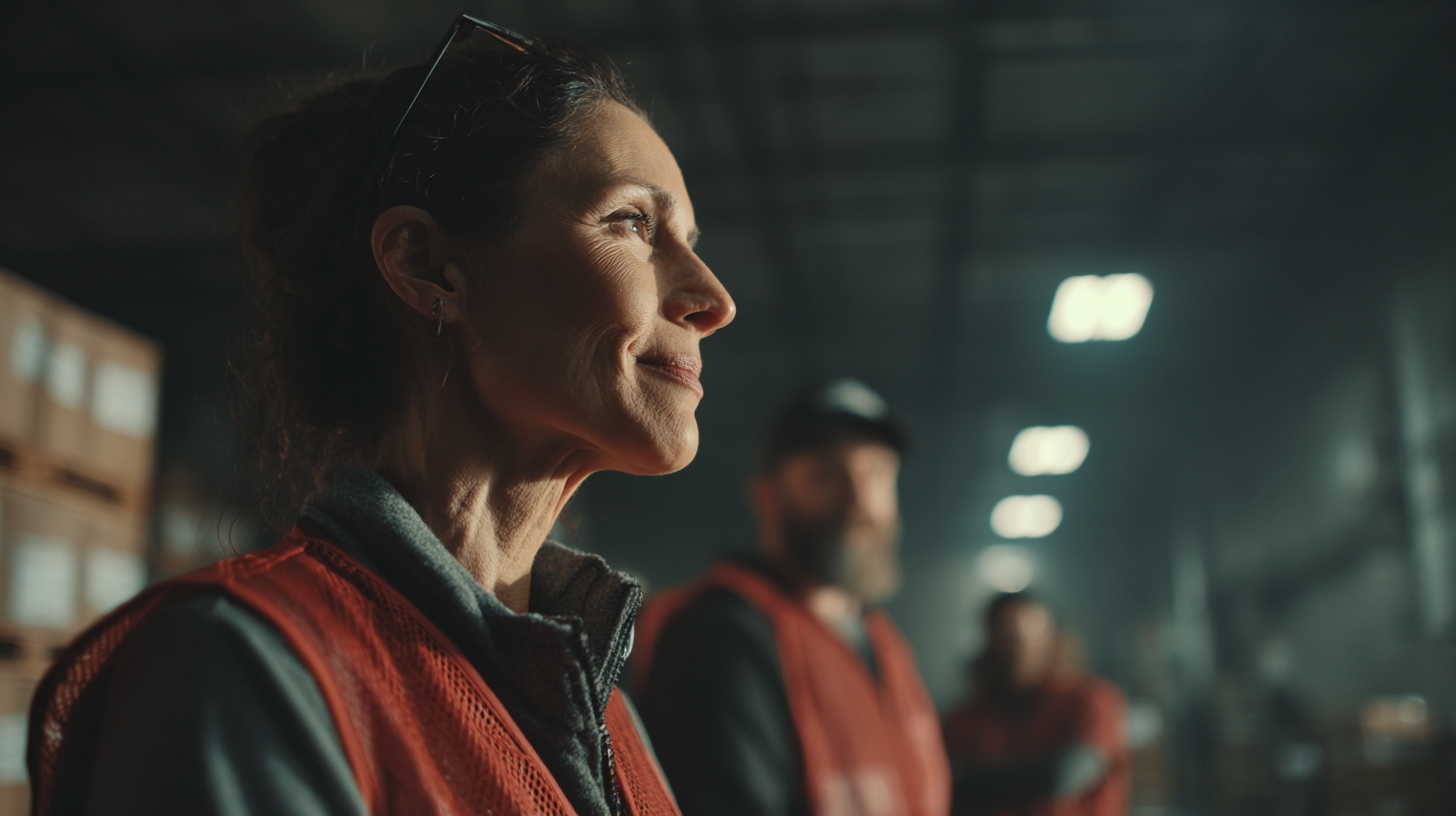Cross-docking works when timing and truth align. Clarus reads what’s arriving, matches it to what needs to go, and generates scanner-led tasks that move product straight from receipt to outbound lanes. No guesswork. No piles. Just the shortest path from truck to truck with full traceability and controls for value-added steps when needed.
Match receipts to open orders automatically. Clarus creates directed staging and load tasks the moment goods hit the bay, keeping dwell time low and promises high.
See what’s arrived, what’s staged, and what’s loaded… by customer, carrier, and lane. One version of the truth replaces radio checks and spreadsheets.
Barcodes drive accuracy. The system auto-sorts by order, route, carrier, or service level and sends each unit to the correct door with clear scanner prompts. Errors fall. Throughput rises.
Need relabel, kitting, or QC before it leaves. Add value-added services without breaking flow. Clarus keeps the cross-dock path intact while capturing every step for audit.
Exceptions surface with a clear next step, keeping bays flowing, aisles clear, and drivers moving.

Protect service and cost. See what’s queued, what’s staged, and what’s loading, then adjust capacity before bottlenecks form.

Replace sorting piles with directed moves. Exceptions surface with a next action so the apron keeps flowing.

Stagger arrivals, prevent clashes, and keep drivers informed with one live plan for lanes and times.
Clarus ingests ASNs/POs and outbound orders, then continuously matches inbound lines to open demand. At receipt, handhelds capture ID, quantity, and (if used) batch/expiry. The engine raises Cross-Dock tasks to the correct lane, consolidates by order/route/carrier, and then raises Load tasks with door assignment and sequence. If configured, value-added steps (relabel, QA check, documentation) are inserted automatically without losing the cross-dock path.
For external cross-docking and multi-site flows, account-level options control what auto-completes, which warehouse (if any) must be selected, and how requests are created. Recent updates include: auto-complete settings for putaway/pick tasks, improved account-level controls, and the ability to create Cross-Dock Requests by customer without pre-selecting a site… closer to how the floor really works. All actions are timestamped for a complete audit trail.
How does Clarus decide what to cross-dock and what to store?
Rules evaluate order demand, arrival times, and constraints (QC, relabel, batch). Eligible items raise staging?load tasks; the rest follow directed putaway. You keep safe overrides for edge cases.
Can we add value-added services without breaking flow?
Yes. Insert steps like relabel, kitting, or QA within the cross-dock path. Clarus captures the work and returns the unit to the outbound lane automatically.
How are lanes and doors assigned?
By carrier, route, destination, or service level. The booking diary staggers arrivals and updates statuses… planned, arrived, staged, loaded—to keep everyone in sync.
What prevents sorting errors at speed?
Scanner-led prompts validate item, quantity, batch/expiry (if used), and destination lane. Mis-scans are blocked with a clear redirect, reducing rework and claims.
Does this work across multiple sites or external cross-dock hubs?
It does. Account-level options govern auto-completes and request creation. You can create Cross-Dock Requests by customer and decide when (or if) to tie them to a specific site.
How quickly can we roll it out?
Start with a pilot lane. Enable auto-matching for a defined SKU set, add scanner prompts, and introduce VAS steps only where needed. Most teams see immediate gains once directed staging/loading goes live.